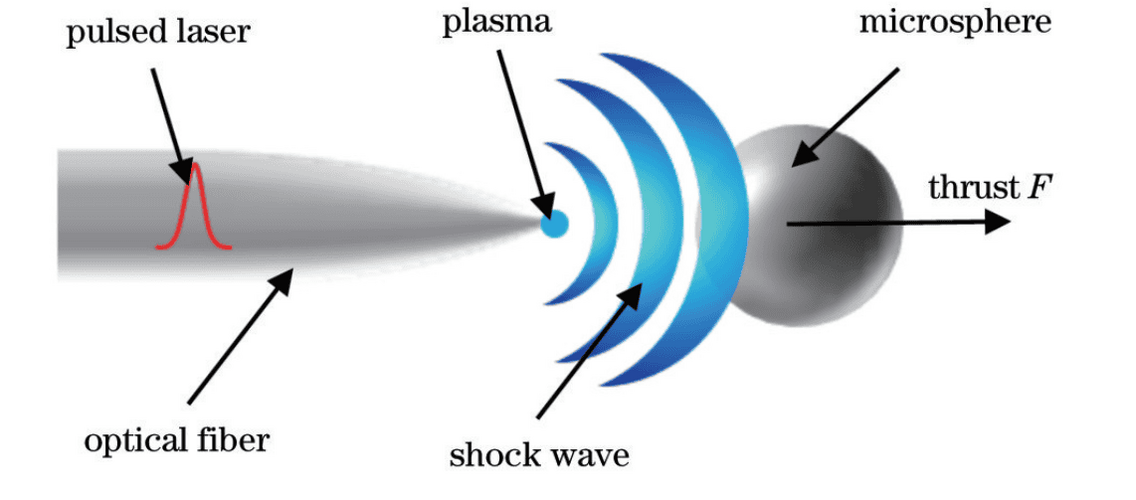I've found what appears to be a basic diagram of the concept. Looking at the article you posted, they think they can get 70,000 newtons from a 2MW laser. I have no idea how well that compares to a standard propeller in terms of efficiency. I also have no idea how loud such a system would be, but given that it relies on "a detonation wave by plasma expansion" to drive the submarine forward, I can't imagine it would be silent.
The article claims that because it has no moving parts it would be silent, but I seriously doubt that. Especially since a nuclear reactor would still be required to power this thing (granted, they can be very quiet these days).
The claims for the submarine being supersonic seem to come from the possibility of using the laser to generate cavitation bubbles around the submarine. I think I've seen that concept for supercavitation before, but the amount of energy they'd need to generate such a cavitation bubble seems very high (not to mention extremely loud).
This is before we consider whether this "supersonic" claim is in air or water. I'm assuming the former, since going supersonic in water seems ridiculous.
View attachment 727309

